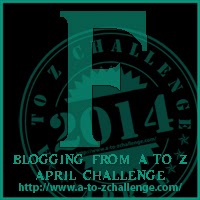 I think it’s time for me to start working on another sandbox campaign. My last one stalled on me when I got busy with another project. I’d like to build this one using a slightly different approach, so rather than trying to update the previous one I’ll simply start over.
I think it’s time for me to start working on another sandbox campaign. My last one stalled on me when I got busy with another project. I’d like to build this one using a slightly different approach, so rather than trying to update the previous one I’ll simply start over.
This will be in large part a demonstration of my Campaign and Scenario Design methods, including the updated entity template.
Maps
I am coming into this with almost no assumptions about the setting except that it is a sandbox. If I had a group at hand that was going to play this campaign immediately and wanted to have a hand in developing it I might run a Microscope session as I did with the Seekers of Lore campaign, but I think this time I’ll build from scratch.
Geographical Map
Because I have no specific plans, I’ll simply start with Hexographer and have it generate a random map for me.
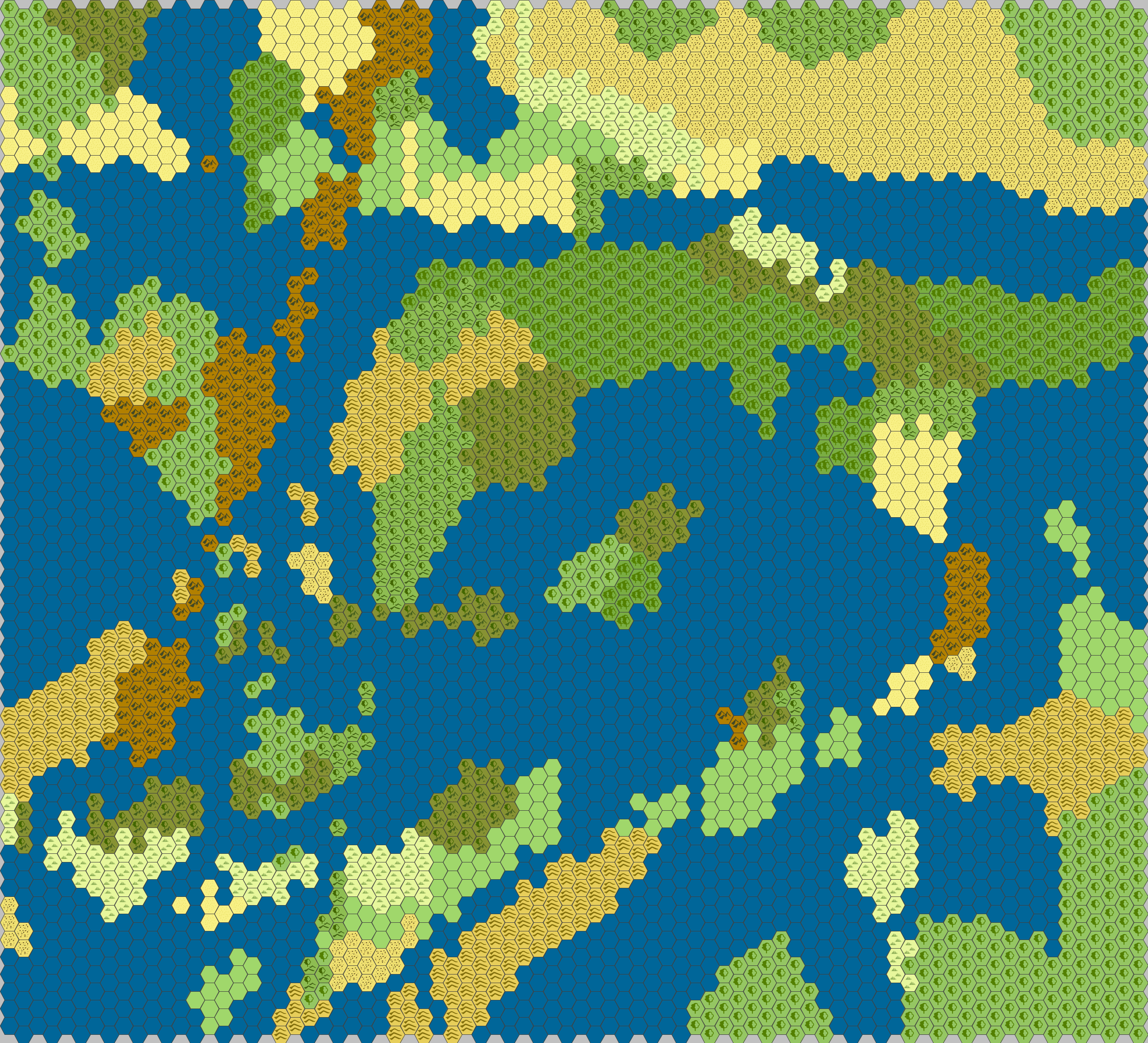
Started Hexographer, selected “Many Islands” and 80×80, and hit “Generate Map”. This looks like it’ll work pretty well, actually. I admit, scaled down like this it looks a little rough; click on the image to see it full-size.
Assuming six-mile hexes (for good reasons, including making demesne-level play easier later) makes this map a bit more than half the size of British Columbia. That should be quite large enough to start, I think.
This gives me some basic geography to start with, and I will be enhancing and elaborating on this map later. There is another map that will be more important to me, though.
Campaign Map
The geographical map will be where everything happens, but from a planning perspective it is much more important to have an idea what to place and the notional relationships between the things being placed. I do not have specific campaigns planned yet, but I think by devising a map showing related scenarios and major locations I may be able to start seeing them. Let’s find out.
I have in my hand a couple of unusual d30s. Rather than having a number on each face, 26 faces have a letter each, and four are marked ‘wild’. I’m going to start with 26 ‘scenarios’ or ‘sites’ or ‘adventures’. I don’t know yet what they are, but after I start to get the shape of things I’ll be able to start fitting things together. By starting with 26 I’ll have one for each letter, with no links between them.
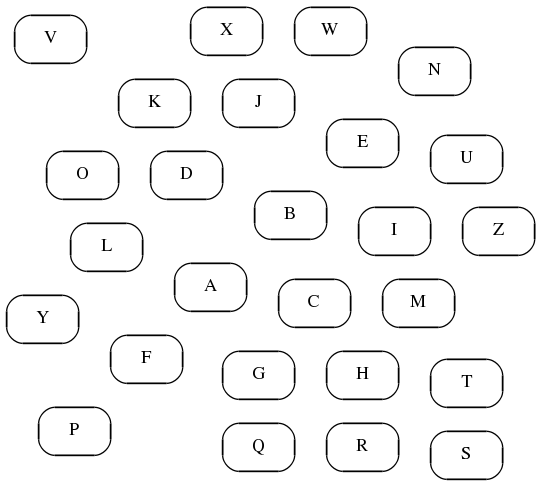
Not terribly interesting so far. Let’s roll the dice and start finding links between them. Rolling 2d30 half a dozen times (and rerolling ‘wild’ results) starts to give me some shape almost immediately.
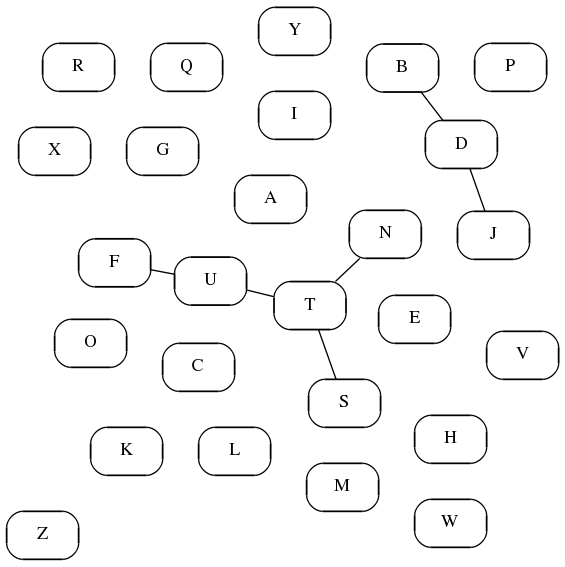
Nine more and things get interesting. Not only do I have a core graph forming, but I’ve even got some double links. U–F and T–N have at two significant relationships between them. I don’t know what they are, but it is evident that these links are somehow important, or likely common to two ‘campaigns’.
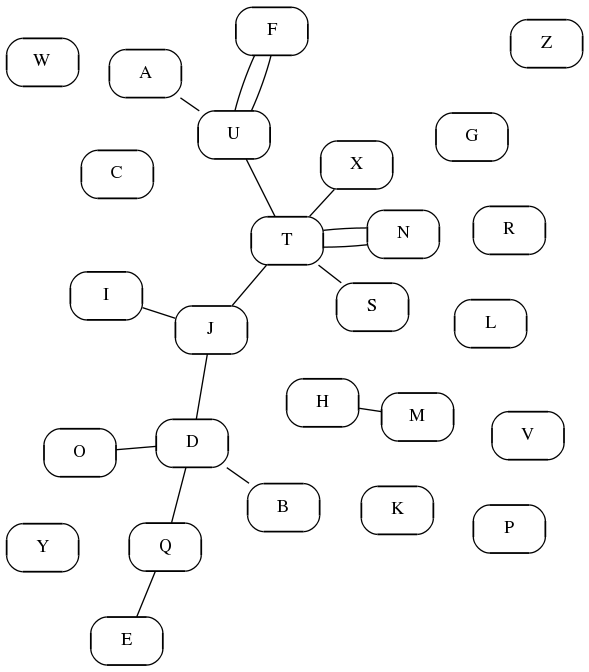
Let’s skip a few, they basically fill things in a bit. Somewhere around twenty-five links I see something I really like — cycles. Until now many of the links have been awfully linear, and there is really no way to choose ‘which way to go’. You can choose what path to follow, but you’ll get to the end and have to come back. Now, it is possible to choose how to get from… oh, ‘Z’, say, to ‘N’. The direct route (ZUAN or ZUTN), or something more circuitous (ZDJTN) or go severely out of your way (ZLMFUAN or even ZUFMLBEQDJTN, though that might be getting silly). Most of the nodes have at least three edges, meaning there is almost always some kind of choice available.
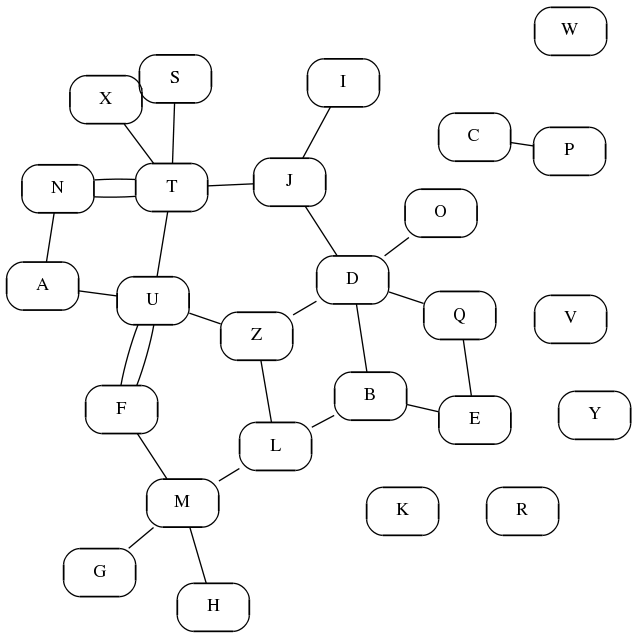
I’m down to only half a dozen node or subgraphs that aren’t currently connected. Now I’m going to get somewhat selective. Each loose node (or the C-P pair) I’ll simply roll and see what they hook up to. Because the core is so well-linked, though, I’ll bias toward places they can be ‘linear spurs’ out of the core graph. This leads me to the following (and final) graph.
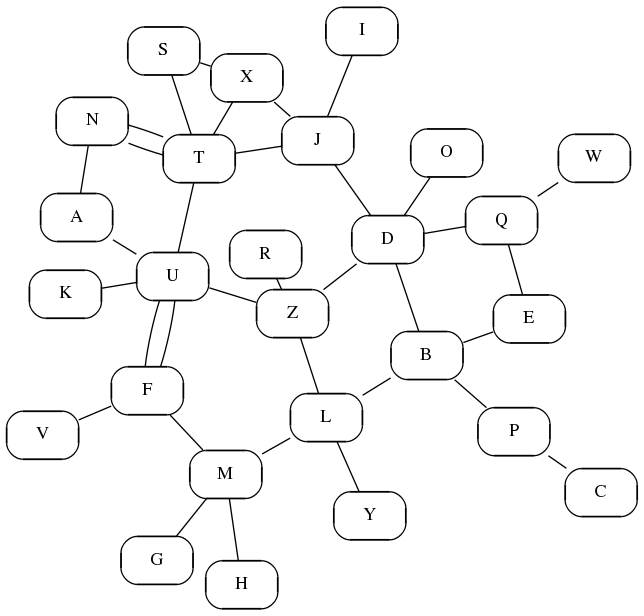
In the end I’ve got fifteen well-linked nodes in the core of the graph. These are likely to be sites or locations the PCs will visit more than once. These might be cities, temples, or other population centres of interest. There are also ten branches off these (one with two steps) that can be further explored for specific purposes.
These address the major centres of interest. I don’t know what each is yet, but I have a place to start. I have little doubt that I will drill down in each and define them in higher detail, but that will come another time.
I think I may start mapping them to the geographical map, though. Right now I have 26 nodes identified by letters, associating them with geographical features can give me an idea of what is there, which can lead me to more meaningful definitions. I want to think about how to relate things, though, so I’ll come back to this later.
Closing Comments
Randomness comes through again. The geographical map looks workable, and I think the graph showing the relationship between major sites and scenarios is a good start. This took a remarkably short time to generate (way longer to document here…) but already I can see potential paths through the graph and how I might join things up for campaigns. Better yet, I can see how I could naturally have one campaign lead into another… and even better than that, I can reasonably prepare for the players to follow or ignore particular lines of inquiry without causing me too much pain.